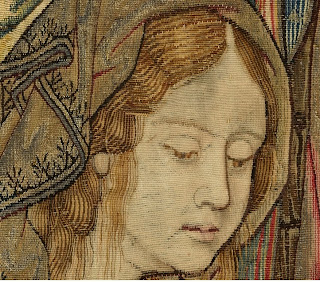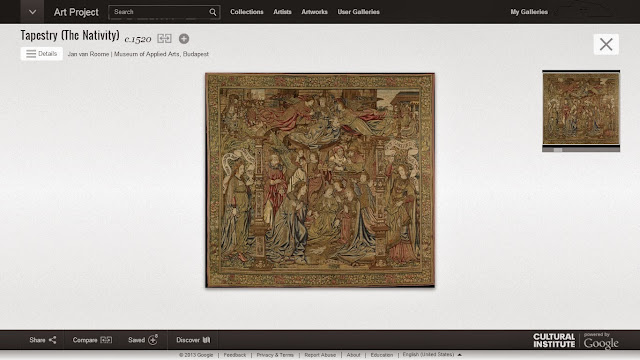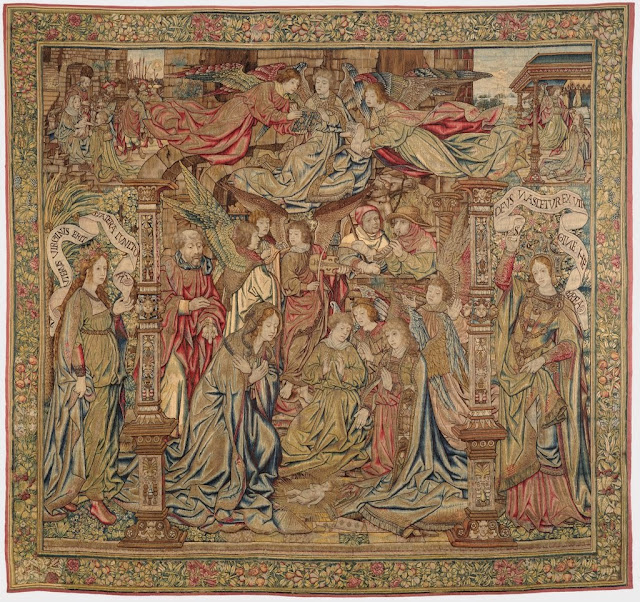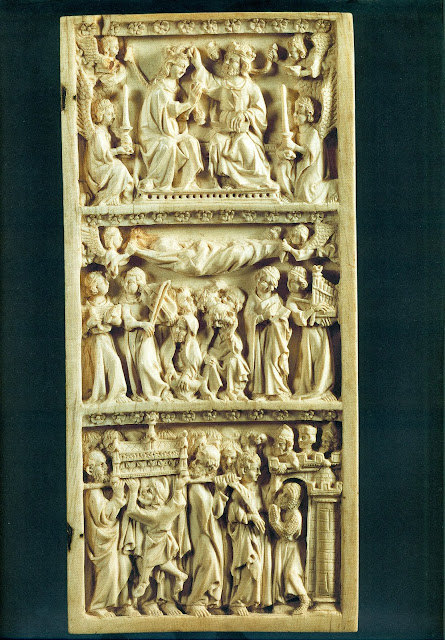 |
| Raphael: Head of an Angel. Museum of Fine Arts, Budapest |
Today is the birthday of Raphael, who was born in 1483. Only 37 years later, it was also on this day that he died and was laid to rest in the Pantheon). In the art history blogging community, this day is an occassion for remembering one of the pioneers of this field: Hasan Niyazi, who passed away unexpectedly last year. Hasan was mainly known as the author of the excellent art history blog Three Pipe Problem, but he was also dedicated to the study and research of the work of Raphael. Among his legacy in this field, I would like to mention his Open Raphael Project, which can hopefully be carried on somehow. Despite the fact that he was not an art historian by training, Hasan brought new insights to the field, and his clear reasoning based on evidence, logic and a background in the sciences led him to new results. Hasan was also tireless in connecting the authors of art history blogs to each other, and was a source of constant inspiration to others. He posted interviews on his blog, and often invited guest bloggers to contribute a post. He was always willing to help with comments, links or scanned articles sent via email. I will remain grateful to him for encouraging my efforts when I started this blog a few years ago. As a commemoration, art history bloggers are posting blog entries today on topics related to his interests - all of which are linked from his blog.
I am sure Hasan Niyazi would have been interested in an exhibition which closed last week at the Museum of Fine Arts here in Budapest. Titled Triump of Perfection - Raphael, the exhibition presented Renaissance drawings and prints from the collection of the Museum of Fine Arts in Budapest.
The Museum of Fine Arts in Budapest preserves six drawings by Raphael: an early study for his first Perugian altarpiece, the Coronation of the Virgin, a study for Saint Jerome from his stay in Florence, the compositional sketch for the Disputa in the Vatican Palace, a powerful Angel Head for the Sala di Costantino, a unique preliminary drawing for the renowned Massacre of the Innocents engraved by Marcantonio Raimondi, and the silverpoint Venus, a superb masterpiece of the High Renaissance. The drawings are accessible in the collection database of the Museum, and I provided direct links to the records.
 |
| Esterházy Madonna, detail |
The exhibition also included works by the followers of Raphael, as well as copies made after his drawings, to illustrate the great influence of the master in the early 16th century. The list of works on display is accessible from the website of the museum, as is the first chapter of the catalogue, written by Zoltán Kárpáti and Eszter Seres.
Another famed work, which - being unfinished - provides an insight into the working process of Raphael, was also on display: the Esterházy Madonna. For this occassion an online presentation was made about the condition and restoration of the Esterházy Madonna. This treatment was necessitated by the infamous theft of the panel in 1983, along with six other masterpieces. The online presentation of this restoration and the technical examinations is something that our late friend Hasan Niyazi would have surely appreciated. I dedicate this brief post to his memory.
Update: As pointed out in a comment below by Zoltán Kárpáti, you can study high resolution photos and technical data of the Budapest Raphael drawings at the following link: www.raphael.printsanddrawings.hu
 |
| Raphael: Esterházy Madonna. Museum of Fine Arts, Budapest |

































